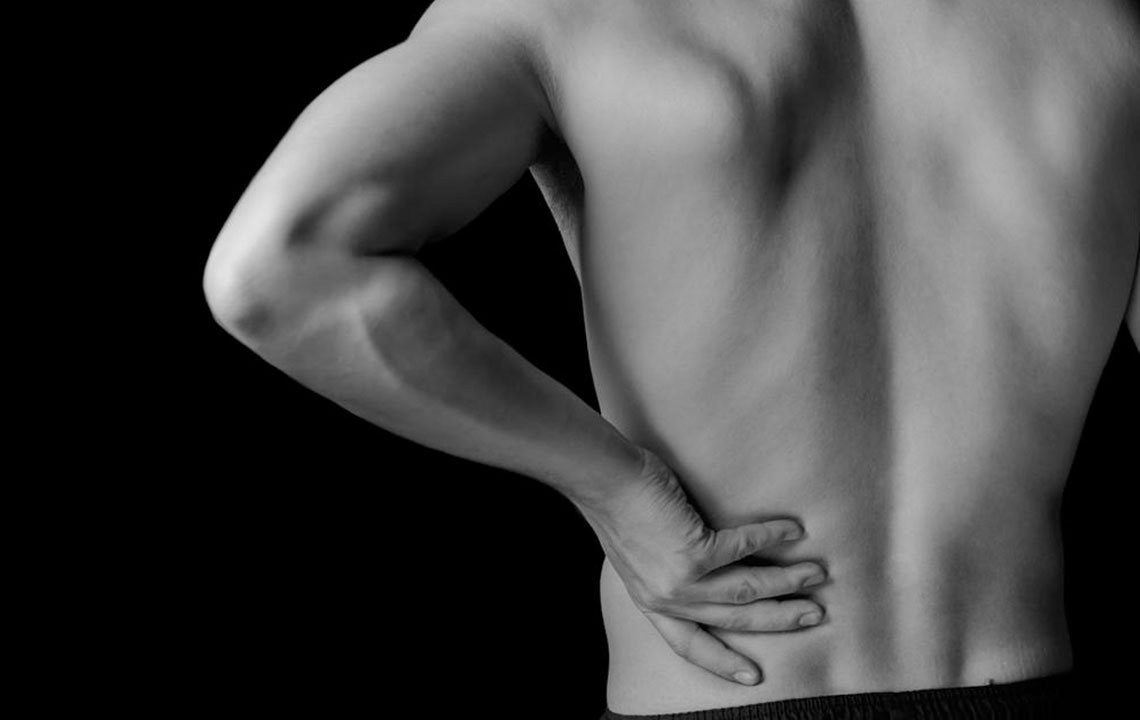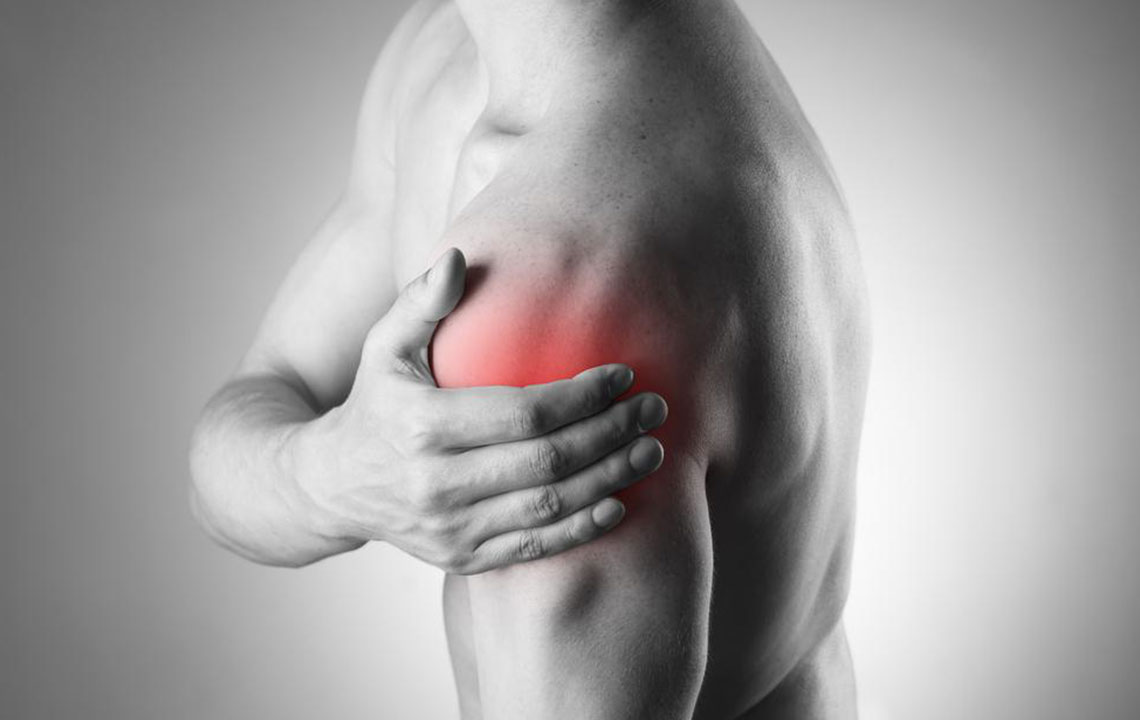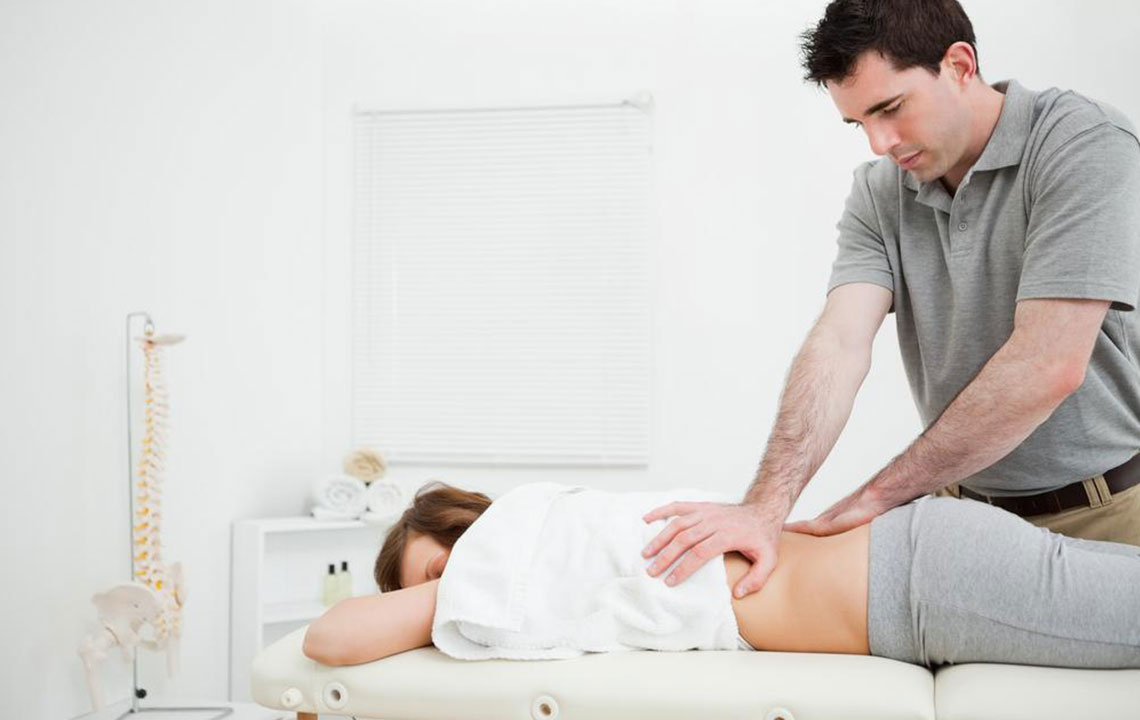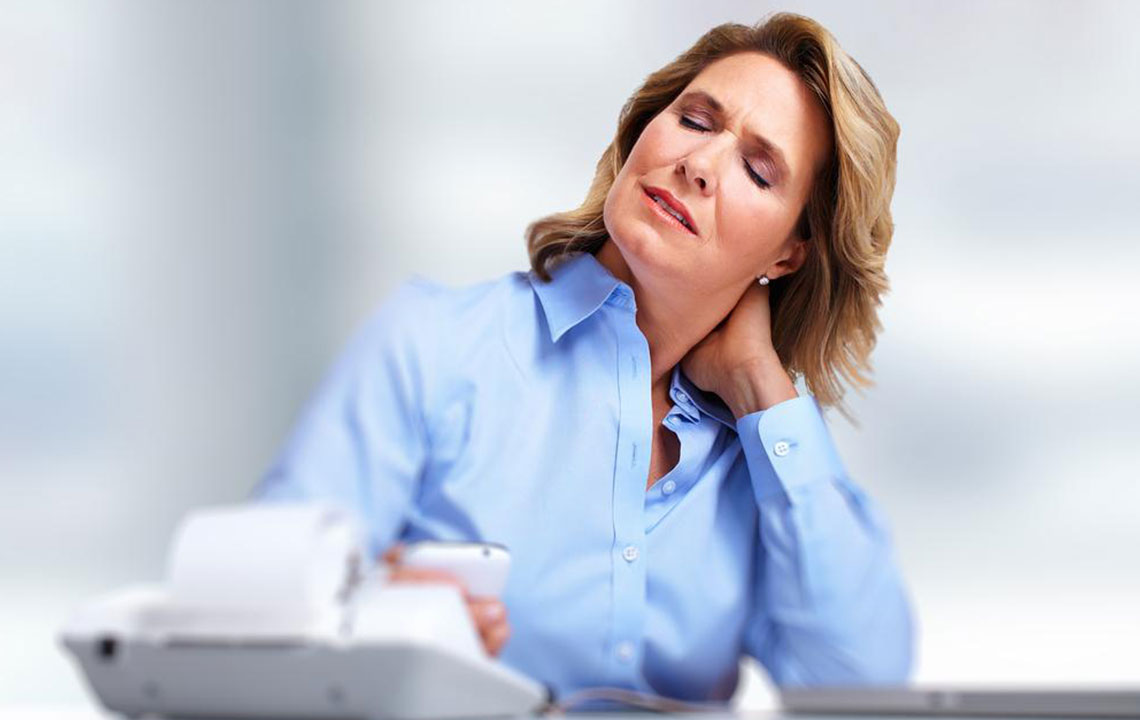Effective Strategies to Prevent Lower Back and Hip Pain: A Comprehensive Guide
Discover effective strategies to prevent lower back and hip pain through understanding causes, home remedies, and lifestyle modifications. Our comprehensive guide emphasizes early intervention, proper posture, and exercises to maintain joint and muscle health, helping you stay active and pain-free. Learn how to implement practical tips for long-term relief and avoid chronic discomfort. Perfect for those looking to improve mobility and prevent future injuries with expert-backed advice.

Essential Approaches to Avoid Lower Back and Hip Discomfort
The linkage between the hips and lower back plays a critical role in maintaining overall mobility and comfort. These two regions of the body are interconnected through complex nerve pathways and muscular structures, making any issue in one area often affect the other. Understanding the causes and adopting preventive strategies can significantly reduce the risk of chronic pain and improve the quality of life.
Understanding the Root Causes of Lower Back and Hip Pain
Lower back and hip discomfort can stem from various factors, including muscular, ligamentous, joint, or nerve-related problems. Prolonged periods of sitting—common in modern lifestyles—can lead to muscle tightening and imbalances around these regions. Poor posture while working at desks, using electronic devices, or driving can exacerbate these issues, resulting in strain and inflammation. Over time, such strains can cause muscle spasms, ligament sprains, and joint degeneration, all contributing to persistent pain.
In addition to lifestyle factors, injuries from trauma, sudden movements, or overexertion can cause acute pain. Inflammatory conditions such as arthritis may lead to joint degeneration, causing discomfort during movement. Nerve compression—particularly in the lumbar spine due to herniated discs or spinal stenosis—can also radiate pain into the hips and lower back. When these symptoms persist for more than six weeks, it becomes essential to seek medical advice for proper diagnosis and treatment.
Several underlying causes contribute to lower back and hip discomfort. These include joint degeneration due to arthritis, disc herniation affecting nerve roots, or mechanical misalignments. Persistent pain can severely impact mobility and daily functioning, emphasizing the importance of early intervention. Medical professionals often recommend physiotherapy, strengthening exercises, and lifestyle modifications as initial treatment options. In stubborn cases, surgical intervention may be necessary, but conservative measures usually provide significant relief.
Effective Home Remedies and Preventive Measures for Lower Back and Hip Pain
Managing lower back and hip pain involves a combination of rest, active intervention, and lifestyle adjustments. Resting from activities that exacerbate the pain allows inflamed tissues to recover. Applying ice packs to the affected area can drastically reduce inflammation, swelling, and discomfort. Wrap the ice or gel packs in a cloth or towel and apply for 10 to 15 minutes several times a day for optimal results. Gentle compression with an elastic bandage can also provide support and reduce swelling, but should be done carefully to avoid tightening too much.
In addition to immediate remedies, adopting long-term habits can prevent recurrence. Engaging in regular stretching, yoga, and light exercise helps enhance flexibility, strengthen supporting muscles, and improve joint stability. Activities such as walking, swimming, or mat-based exercises aid in maintaining mobility and reducing stiffness. For office workers or those who sit for prolonged periods, taking frequent breaks to stand, stretch, and walk can prevent muscle tightening and circulation issues.
Age-related changes, such as reduced joint fluid and cartilage wear, can predispose individuals to pain. Therefore, maintaining a healthy weight minimizes stress on the hips and lower back. Proper posture during daily activities, ergonomic furniture, and correct lifting techniques are crucial preventive measures. If pain persists, consulting with a healthcare professional ensures a tailored treatment plan that may include physiotherapy, medications, or alternative therapies.
Overall, staying active, practicing proper body mechanics, and addressing symptoms early can significantly reduce the risk of developing chronic lower back and hip pain. Incorporating preventive exercises and lifestyle modifications into daily routines fosters long-term musculoskeletal health and mobility.





